Alex Albert
Real-world Mapping of Gaze Fixations Using Instance Segmentation for Road Construction Safety Applications
Feb 01, 2019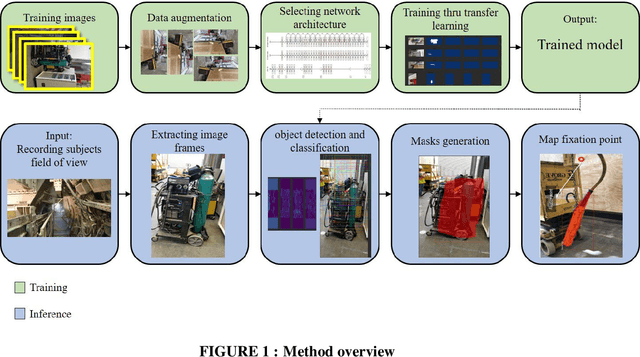

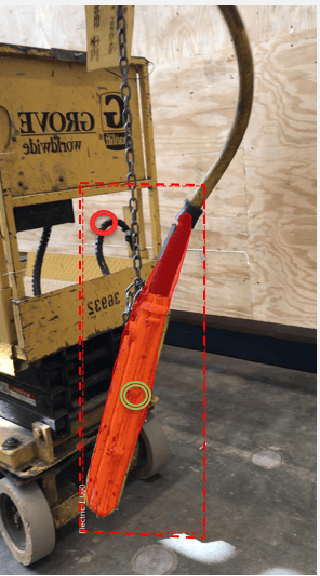

Abstract:Research studies have shown that a large proportion of hazards remain unrecognized, which expose construction workers to unanticipated safety risks. Recent studies have also found that a strong correlation exists between viewing patterns of workers, captured using eye-tracking devices, and their hazard recognition performance. Therefore, it is important to analyze the viewing patterns of workers to gain a better understanding of their hazard recognition performance. This paper proposes a method that can automatically map the gaze fixations collected using a wearable eye-tracker to the predefined areas of interests. The proposed method detects these areas or objects (i.e., hazards) of interests through a computer vision-based segmentation technique and transfer learning. The mapped fixation data is then used to analyze the viewing behaviors of workers and compute their attention distribution. The proposed method is implemented on an under construction road as a case study to evaluate the performance of the proposed method.
Automating Analysis of Construction Workers Viewing Patterns for Personalized Safety Training and Management
Aug 20, 2018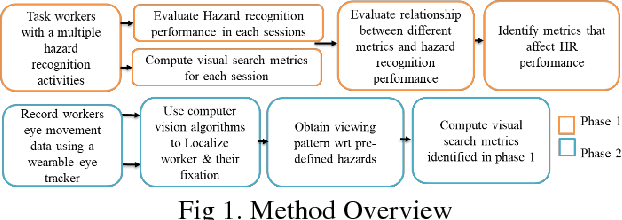
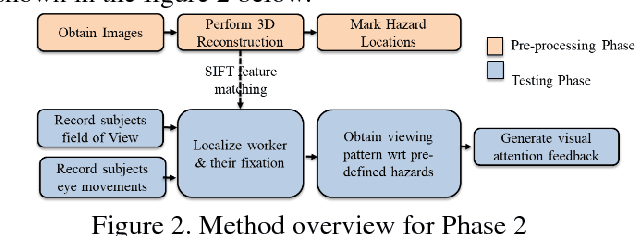
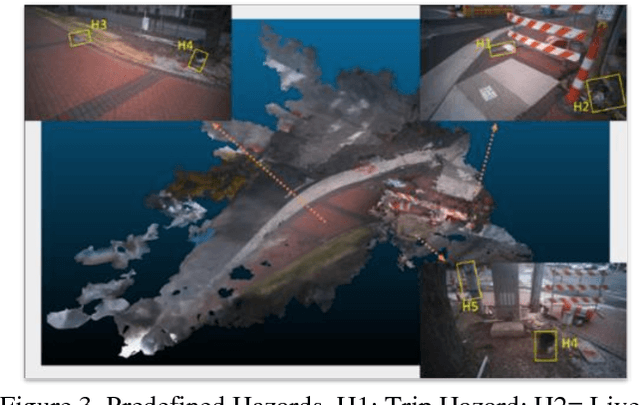
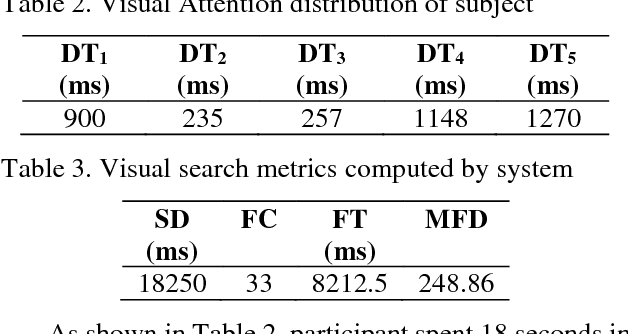
Abstract:Unrecognized hazards increase the likelihood of workplace fatalities and injuries substantially. However, recent research has demonstrated that a large proportion of hazards remain unrecognized in dynamic construction environments. Recent studies have suggested a strong correlation between viewing patterns of workers and their hazard recognition performance. Hence, it is important to study and analyze the viewing patterns of workers to gain a better understanding of their hazard recognition performance. The objective of this exploratory research is to explore hazard recognition as a visual search process to identifying various visual search factors that affect the process of hazard recognition. Further, the study also proposes a framework to develop a vision based tool capable of recording and analyzing viewing patterns of construction workers and generate feedback for personalized training and proactive safety management.
 Add to Chrome
Add to Chrome Add to Firefox
Add to Firefox Add to Edge
Add to Edge